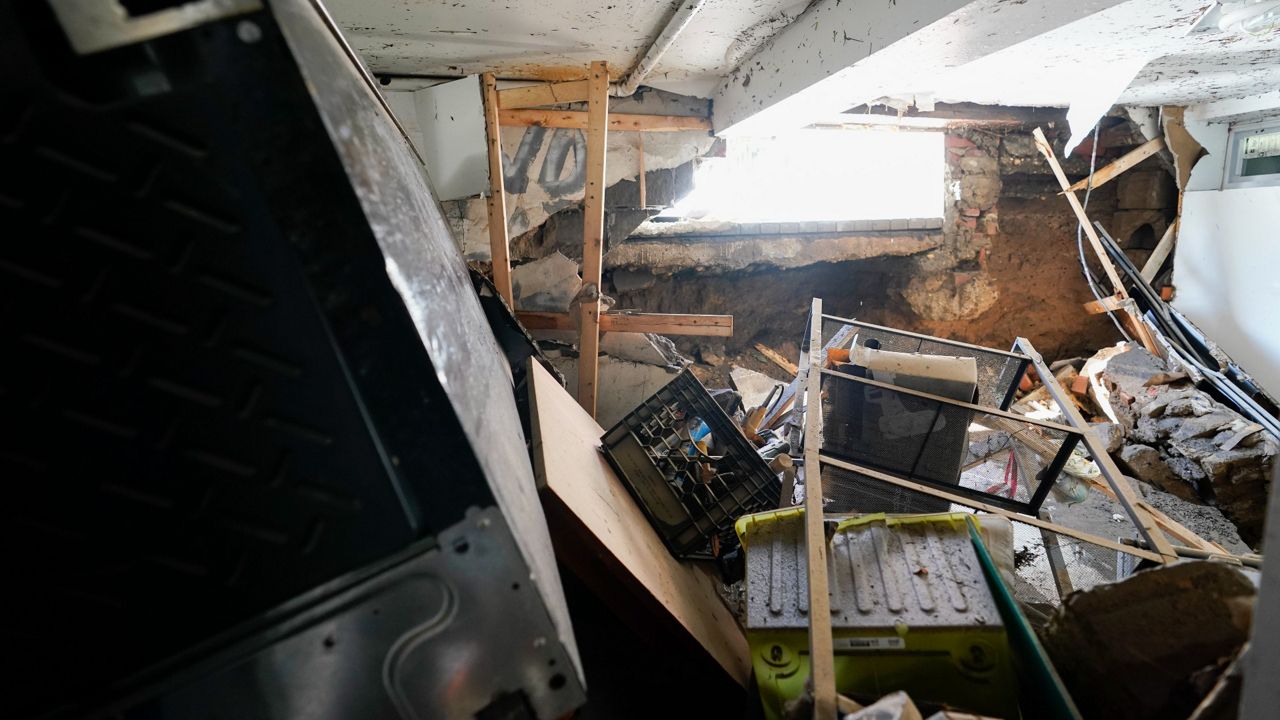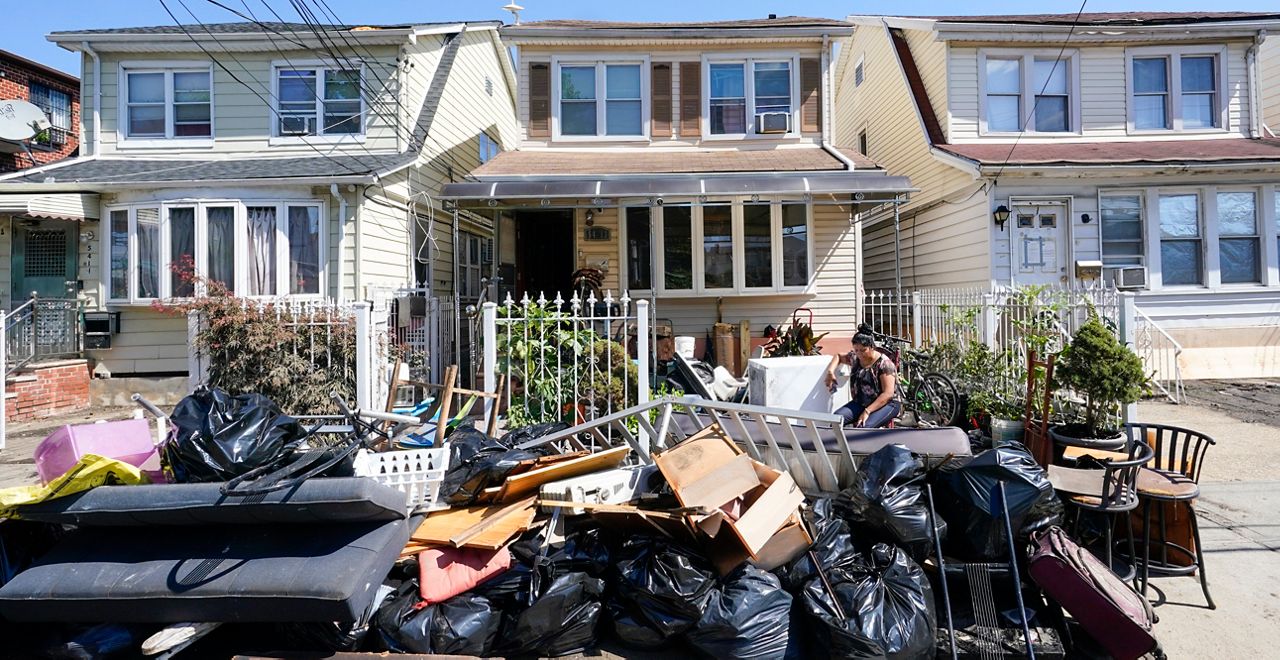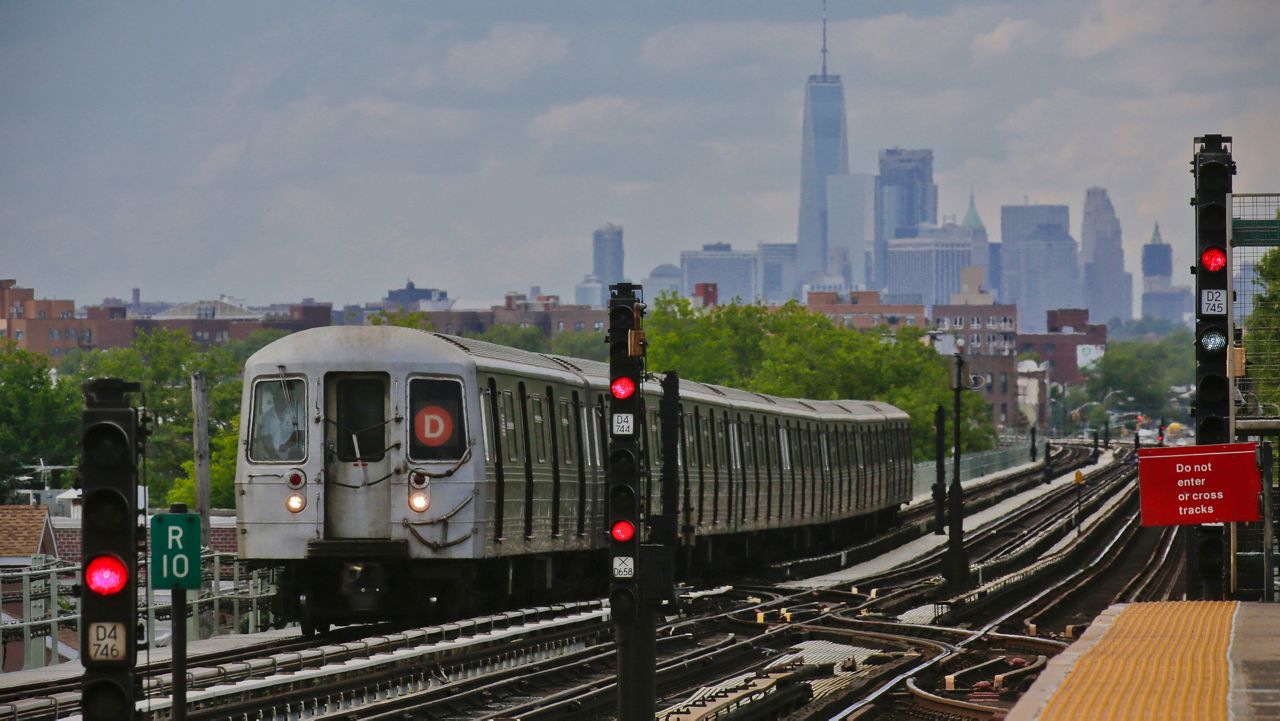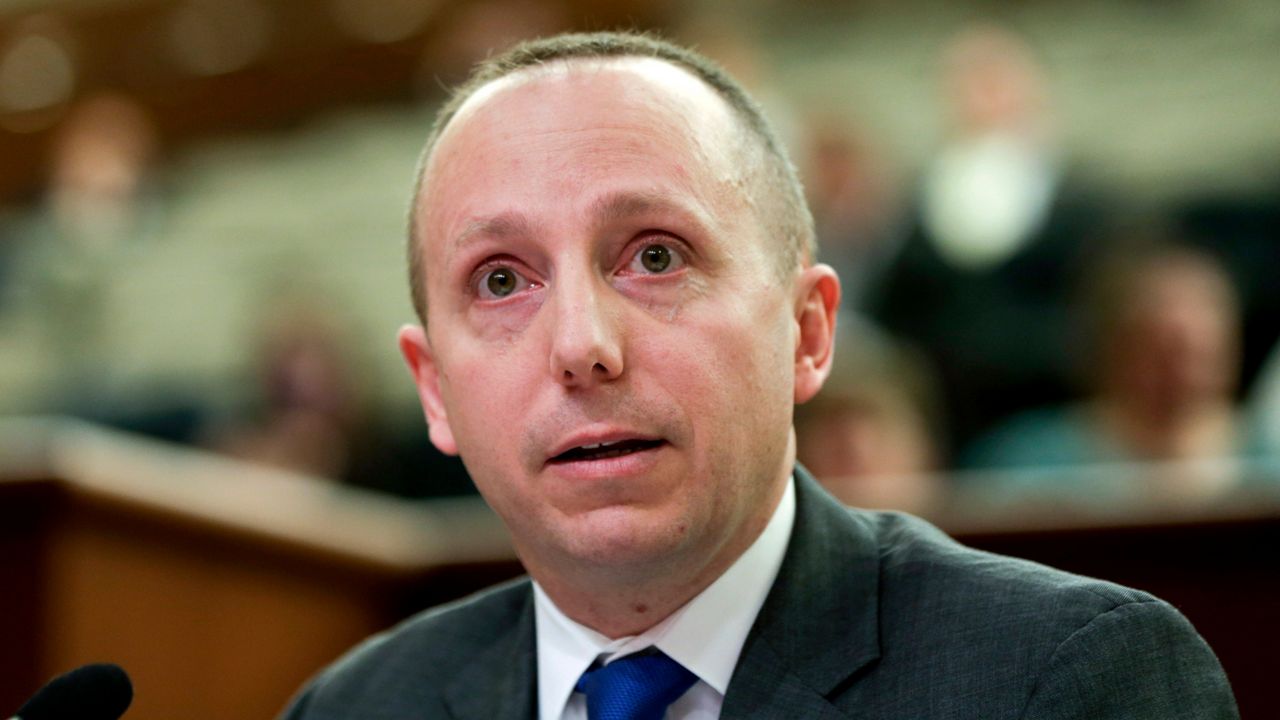As the city assessed the aftermath of the deadly Hurricane Ida last September, basement apartments were at the forefront of its attention.
The rainfall from the storm caused flooding that inundated countless buildings across the city — and led to 11 deaths in basement housing units, according to city counts. The unregulated units, sometimes divvied up into dorm-style housing, are often home to undocumented immigrants who pay rent under the table.
Weeks later, in a report on how the city would prepare for the next major storm, the city pledged to “identify all basement dwellers citywide” as part of outreach efforts to people most at risk from flash flooding.
Yet more than five months after the storm, the city has not produced any evidence that it is mounting any kind of comprehensive census or database effort, or that it is addressing the ongoing risks to basement apartments caused by climate change, despite former Mayor Bill de Blasio’s pledges.
“We’re gonna do a full census of basement apartments in New York City,” de Blasio said at a September news conference announcing the report.
Five key city organizations that advocate, provide services and serve as legal counsel for owners and residents of basement units said they were unaware of any city efforts to count or do outreach to the units.
“We should have heard about it. It should have been a bigger deal. It should have been blasted out by the previous administration,” said Lena Afridi, the acting director of the Pratt Center for Community Development, a nonprofit that studies basement apartments. “We may have missed something. But it’s very unlikely.”
The city did not answer questions about the purported census effort, or any programs the city is currently working on aimed at making basement apartments safer.
“The administration is working across agencies right now to assess the work that has been done and find a path forward to add safe, legal, affordable housing for New Yorkers,” Charles Lutvak, a spokesman for the city, said in an emailed statement.
A spokesperson for de Blasio declined to comment.
For the organizations that address basement housing issues, the fact that the city is not conducting a “census” is a positive thing: They raised concerns that any attempt to identify basement residents would result in widespread evictions because of building code violations and likely lead to homelessness and deportations.
Yet they expressed frustration that, even months after Ida, the city has not shown it is trying to increase safety measures for basement units.
“If it is to happen, it needs to be much more thought out, and it needs to be done in partnership with the communities that are most directly and deeply impacted, or else it’s not gonna be useful and actually risks putting vulnerable people at risk,” Afridi said.
An ‘unregulated’ market
For years, the issue of basement apartments has stood as one of the most complex housing issues facing the city. The units are often first stops for newly arrived — and sometimes undocumented — immigrants.
Some “apartments” are little more than sleeping quarters, with rooms divided by plywood, where residents pay a few hundred dollars a month. Others are more traditional family units not approved for construction by the city, which can lead to hefty fines for owners.
City efforts to create programs that bring these units up to building code have failed so far: A pilot program begun during the de Blasio administration was largely unsuccessful, recruiting only a handful of property owners beforegetting its funding cut during the budgeting squeeze at the start of the pandemic.
“It’s unregulated. It’s a mess,” said Annetta Seecharran, the executive director of Chhaya, a Queens community development group that works with Pratt on basement housing issues. “I would argue that Ida didn't even stop people from living in basement apartments.”
Housing experts say that estimates of the basement apartment population are difficult to do because the market is so hidden.
In its post-Ida report on extreme weather, “The New Normal,” the de Blasio administration estimated there were 100,000 New Yorkers living in such units.
Yet in a recent mapping effort, the Pratt Center estimated that there are about 376,000 possible units for basement housing: basements in one-, two- or three-family homes, where Afridi says you are most likely to find illegal units.
A new mapping tool from Pratt, released Monday, shows that these units are most often found in severely rent-burdened neighborhoods where the majority of residents are Black, latino or Asian.
Another recent analysis from Pratt, using U.S. Census records and city building records, shows that East New York, Canarsie and Brownsville, in Brooklyn, and Jackson Heights, Elmhurst, and Fresh Meadows, in Queens, likely have large populations in basement units.
“This is still a very rough estimate, and it’s more than the city has done,” Afridi said.
Advocates push for legalization
Despite the city’s assertions that it had begun an effort to identify basement apartment dwellers and conduct outreach to them, educating them on the flooding risks in their units, the city was unable to produce evidence that this program is moving forward.
Lutvak said in an email that the city is currently trying to identify neighborhoods with high concentrations of basement units, and provide extra resources to those areas, but declined repeated requests to interview a city official involved in that effort or provide any details on the scope of the program.
Lutvak also added that the administration of Mayor Eric Adams would support legislation that allowed homeowners to turn below-grade units into legal housing.
Pratt, Chhaya and representatives from three other groups that together make up the Basement Apartments Safe for Everyone campaign — Cypress Hills Community Development Center, Queens Legal Services and the Center for New York City Neighborhoods — said they were unaware of any new city efforts aimed at counting or conducting outreach to basement apartments.
Seecharran said that a legalization effort led by the city would immediately make residents in below-grade units safer, since it would make them more likely to call for help if they were not afraid of losing their homes or being fined.
“It is a low hanging fruit in solving the affordable housing problem,” Seecharran said. “This stabilizes and supports homeownership.”
Yet the apparent lack of movement in the basement housing outreach effort may be the exception, and not the norm, among inter-agency efforts described in “The New Normal,” according to Amy Chester, the managing director of Rebuild By Design, a climate adaptation design and consulting firm, and a former aide to former Mayor Michael Bloomberg.
Chester said that many agencies are taking on new projects outlined in the report, and are working to prevent the worst effects of Ida from happening again. But she said she was not surprised that the city had not moved forward on a project as complicated as counting basement apartments.
“I don't want to be so negative about it, but you’re almost, like, surprised when they do these things,” Chester said. “They should be able to point to which agency is responsible for it.”
A spokesperson for the mayor’s climate office said it would continue sharing information on efforts launched in “The New Normal,” but did not give a date for the next update.








